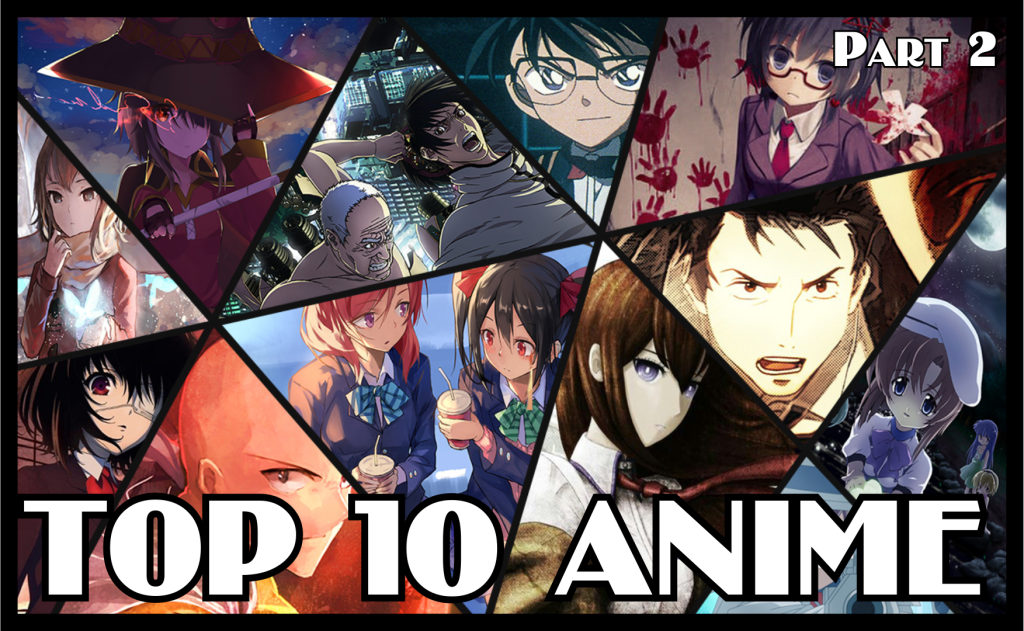Continuation of the first post about my favorite anime:
6. Soul Eater
Soul Eater is a unique anime that blends action, mysticism, and humor, all wrapped in stunning visuals and deep character development. The story revolves around the Shinigami Academy, created by Shinigami himself (Death) to train students who will fight against powerful enemies, including the ancient evil, Kisin, who has the potential to plunge the world into the abyss of madness.
At the heart of the plot are two types of students: Weapons, who can transform into powerful weapons capable of defeating Kisin, and Lords, who wield these weapons. The ultimate goal is to create the Death Scythe, a weapon formed when a weapon absorbs 99 evil souls and 1 witch soul. Throughout their training, students compete actively to become the one who will complete this difficult task.
An important concept in the world of Soul Eater is the idea of the soul, which exists in every being and reflects their personality, strengths, and weaknesses. The power of the soul is directly linked to its owner’s willpower, with stronger souls being more powerful. Some souls can resonate, temporarily enhancing each other’s abilities. This resonance is often utilized by Lords and their Weapons to greatly boost their combat efficiency.

The story focuses on three main student pairs, each with its own set of challenges and dynamics: Maka and her partner, Soul, who can transform into a scythe; Black Star, an ambitious and reckless ninja, and his partner, Tsubaki, who can transform into various types of weapons; and Death Jr., the son of Shinigami, and his sisters Liz and Patti, who work together as a team. Each of them faces difficulties in their work, and their growth throughout the series is interesting to watch as they face these challenges.
The humor in Soul Eater is one of its standout features. Even in the most serious moments, the characters maintain their playful nature, allowing for lighthearted moments amidst intense battles. Black Star’s jokes are often hilarious, while the story of Death Jr.’s obsession with symmetry adds a quirky charm. The students’ relationships with each other resemble those of any typical university, with familial connections being a significant yet humorous aspect. Maka, for instance, is the daughter of the current Death Scythe, and Death Jr. is literally the son of God (Shinigami). Despite these connections, the characters remain dedicated to their studies and work, competing earnestly in their quest to destroy evil.
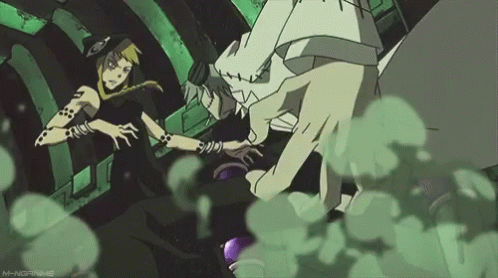
One of the main elements of the world is the presence in any being of a soul that has the appearance, size and determining character, as well as the behavior of this being. The stronger the will of the person – the greater the soul. Some souls are able to enter the resonance, for a while mutually reinforcing each other. This is often used by the Lords and their Weapons in order to increase their combat effectiveness many times.
Though the characters are young, Soul Eater portrays their growth throughout the battles they face, highlighting how they mature and evolve. The series doesn’t shy away from showing the dangers of their world, where death and injury are real threats. Each pair is ready to defend their friends and help one another when needed.
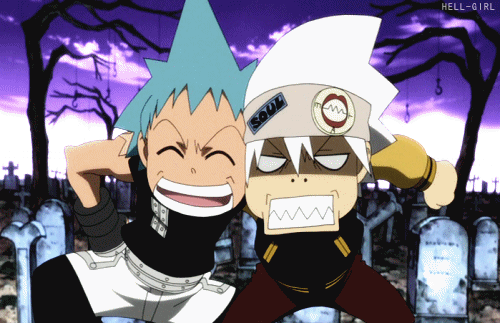
One of the more complex characters is Crona, a master of black blood, and her sword, Ragnarok. Her story is filled with emotional depth and offers a unique perspective on the overall narrative.
Visually, Soul Eater is stunning, with a unique art style that reminds me of one of my favorite directors, Tim Burton. The strange faces on the moon and sun, along with the eerie yet captivating designs of the graveyards and creatures, are fascinating to watch. The action scenes are dynamic and thrilling, with no shortage of intensity.
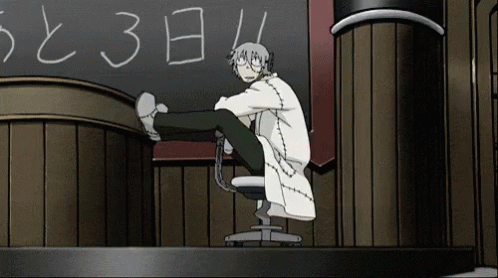
The humor plays a crucial role in keeping the characters positive and friendly, despite the tough plot. Even the most serious heroes can joke around, and within moments, they are back to fighting enemies with determination.
However, one major difference between the anime and the manga is the ending. If you watch the anime, I highly recommend reading the manga afterward. The manga provides more character development, reveals additional secondary characters, and delivers a spectacular final battle that the anime doesn’t fully capture.
7. Angels of Death
Angels of Death is one of my personal favorites, largely because I played the game of the same name before the anime adaptation was released. The plot captivated me, and when the manga came out, I eagerly read it as well. Eventually, when the anime aired, I was excited to see how everything would unfold on-screen.
The story begins with 13-year-old Rachel (also known as Ray), who wakes up in the basement of an abandoned building. With no memory of her past and no idea who she is, she’s left in a state of shock and confusion. As she stumbles through the eerie, seemingly endless corridors, she encounters a man wrapped in bandages. This is Zach, a mysterious figure wielding a scythe—almost as if he were a manifestation of death itself.
A strange bond quickly forms between Rachel and Zach, one that’s rooted in bizarre and twisted promises. Together, they navigate the building, each floor bringing them face-to-face with new challenges, as they search for a way out of this nightmarish place. The reason they are there, and the mysteries surrounding their situation, are not immediately clear, but they are united by the need to survive.

At its core, Angels of Death delves deeply into the psychology of its characters. The plot is heavy with philosophical undertones, exploring themes of identity, morality, and the nature of human suffering. However, the anime doesn’t dive too deeply into these concepts, leaving some of the potential depth unexplored. What truly stands out in this series are the characters, specifically the owners of the various floors in the building.
Each floor is uniquely dangerous, and each floor’s “owner” is a disturbing individual, reflecting a different aspect of human depravity. There’s the maniac with a scythe, a doctor with an obsession for eyes, a priest, and a boy who enjoys making graves. Every character has their own twisted backstory and motivations, which are hinted at but not fully explored in the anime. Despite this, their individual stories are still intriguing, as you gradually learn about their pasts and what brought them to this place.
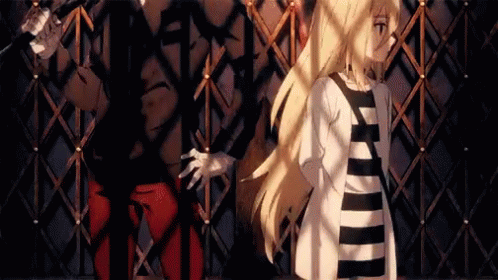
What makes the show particularly gripping is how the characters interact with one another. The atmosphere is full of tension, with a constant sense of distrust between the protagonists and the other floor inhabitants. The game of survival that these characters play is filled with bloodthirsty actions and psychological games, and it’s clear that none of them wish to change their ways. The stakes feel high as they battle their inner demons while trying to figure out what is real and what is an illusion within the confines of the building.
One of the most compelling aspects of Angels of Death is the juxtaposition of Rachel—a young, innocent girl—against the backdrop of this horrific environment. Her development throughout the series is fascinating, and by the end, you’ll find yourself empathizing with certain characters, despite their disturbing actions.
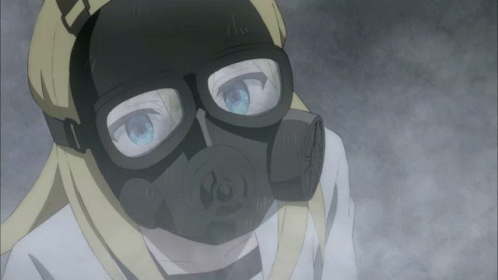
Visually, the anime stands out for its use of bright and colorful art, with each character being assigned a distinct color theme, which helps convey their personality and role in the story. The animation style might not be the most polished, but it certainly works with the gritty, intense atmosphere the series aims to create.
Though the anime is relatively short, it offers a tightly packed, psychological thrill ride. If you’re looking for an anime that explores the minds of troubled individuals trapped in a single, confined location, Angels of Death is definitely worth watching. It may not have the deepest philosophical exploration, but its gripping characters, tense atmosphere, and unsettling premise make it an enjoyable experience for those who appreciate dark, psychological thrillers.
8. Gintama
If you love dark humor, parodies of various animes and other works, and enjoy watching the gradual development of characters alongside epic space and Earth-bound battles featuring not just samurai but also aliens and animals, then Gintama is an anime you absolutely shouldn’t miss.
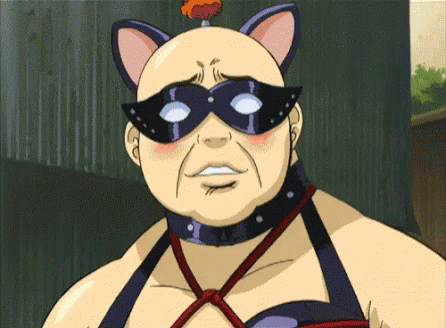
The plot is set in an alternate version of the Bakumatsu era during the mid-19th century, where the first contact with aliens occurs. The Amanto, a race of alien invaders, arrive in Japan aboard their massive black ships with the intention of conquering the Earth. The samurai, armed only with their swords, and the Ashigaru, with their guns, are powerless against the futuristic technology of the Amanto. The shogunate, unable to resist, submits to the invaders, and Japan’s traditional way of life is severely disrupted. In the midst of this, the once-nationalist group Joy rises up to oppose the Amanto, but has degenerated into a radical terrorist faction. The Shogunate, alongside the Shinsengumi, is in pursuit of them.
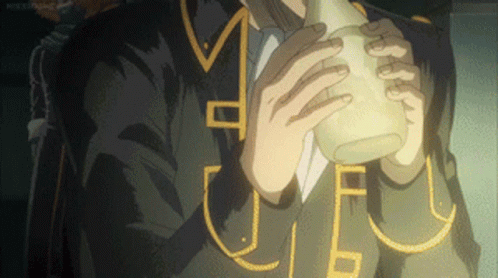
The story follows Gintoki Sakata, a former leader of the Jōya movement, who now leads a ragtag group of misfits in the new Edo. Gintoki is a samurai without a master, a man who’s simply trying to make a living in a transformed world. He’s often seen getting into strange and comedic situations with his two companions: the well-meaning yet naive Shinpachi Shimura and the boisterous and strong-willed alien girl Kagura. Despite their often comical and laid-back demeanor, the trio finds themselves drawn into intense battles with the Shinsengumi, the pirate group Harusame, and former members of the Jōya group, who hold a grudge against Gintoki for betraying them.

While the humor in Gintama is often front and center, the show expertly balances comedy with serious moments, especially in the later seasons where the stakes grow higher, and the action becomes more intense. The samurai battles in the later seasons are nothing short of spectacular, and with each passing season, the animation, music, and storytelling improve. It’s true that the early episodes are a bit more lighthearted and may feel slower or even somewhat repetitive, but they serve as a build-up to the deeper and more serious arcs that follow. Even in these earlier seasons, though, there are episodes full of hilarious moments that will leave you laughing for a long time.
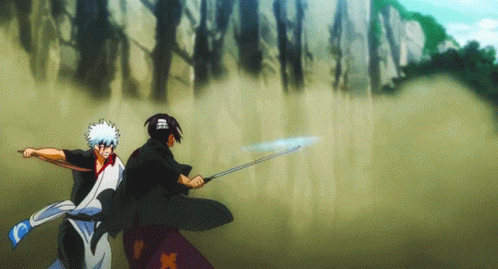
I started watching Gintama while I was in college, and though I began with the first episodes, I quickly became hooked by the charming characters and the unpredictable situations they found themselves in. It wasn’t long before Gintama became one of my favorite series, and I even got most of my friends to watch it with me, showing them a few episodes that highlighted the best of what the series has to offer.
One of the most impressive things about Gintama is how well-developed the characters are. Each character is multifaceted, containing both positive and negative traits, making them feel real and relatable. The writing is superb, and by the end of the series, every character has had their arc resolved in a meaningful way. From the eccentric police officers who wield bazookas and fight with swords, to the alien assassins and monstrous space creatures, Gintama offers a truly diverse and colorful cast. Even ordinary humans can appear monstrous, and not even the Shogun, the ruler of the country, escapes being caught up in both comedic antics and epic battles.
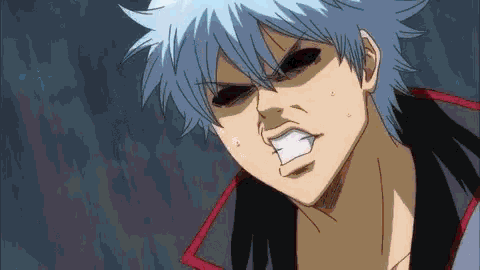
If you’re in the mood to laugh, Gintama delivers plenty of hilarious moments, with the characters often finding themselves in absurd and awkward situations. At the same time, the series doesn’t shy away from emotional depth, and there are plenty of moments that’ll tug at your heartstrings. Whether you’re looking for a comedy, an action-packed samurai story, or a heartfelt character-driven journey, Gintama offers all of this and more. It’s one of those anime that can appeal to nearly everyone, with something for fans of all genres to enjoy.
If you want some guidance on which episodes to watch first, I can provide a list of key episodes and story arcs. New viewers may want to skip the filler or watch certain episodes that set up the main plot, and I’d be happy to share those details if you’re interested.
9. Demon Slayer
If you love epic stories about battling demons, beautiful fight scenes, and deep characters, then Demon Slayer (Kimetsu no Yaiba) is an anime you definitely need to watch.
The story begins with a tragic tale of a boy named Tanjiro Kamado, who loses his family to a demon attack and finds his younger sister, Nezuko, transformed into a demon. Tanjiro, grieving his loss, decides to become a demon slayer in hopes of finding a way to return his sister to her human form. Together with his new friends and mentors, he embarks on a journey to fight demons, leading to unimaginable challenges and epic battles.
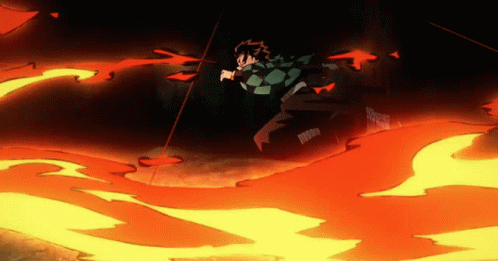
The plot may seem simple, but it holds great emotional depth. Themes like sorrow, revenge, self-sacrifice, and humanity are woven into each character’s story. The main protagonist, Tanjiro, is not only strong and determined but also possesses exceptional kindness, which helps him maintain his humanity even in the most difficult situations. His sister Nezuko, despite being a demon, remains loyal and devoted to her family, adding layers of drama and sentiment to the story.
However, Demon Slayer is not just about drama; it’s also a thrilling anime with breathtaking fight scenes. The animation is top-notch, and each battle looks like a work of art. The fights with demons are fast-paced and intricate, making it impossible to look away. Special attention should be paid to the combat styles of the characters, based on ancient Japanese techniques, as well as their unique abilities provided by their “Breathing” techniques (e.g., Water Breathing, Fire Breathing, etc.). These elements add a unique atmosphere to the anime, making each battle feel different from the last.
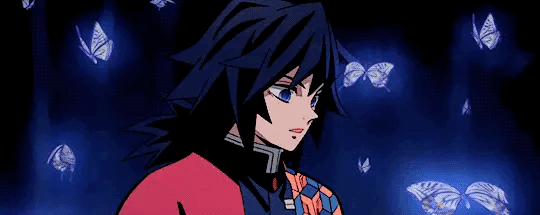
In addition, the characters in Demon Slayer are more than just archetypes. Each one has their own story and motivation. For instance, one of Tanjiro’s main allies, Zenitsu, has his own personal demons and carries a deep trauma, making him not only strong but also a complex character with internal conflicts. At the same time, the villains are multilayered as well, and their motivations often evoke sympathy or understanding, adding unique depth to the narrative.
Demon Slayer is also known for its stunning visual effects and music. Every frame is meticulously crafted, and the attention to detail in the animation makes you feel immersed in the world of the anime. With each new season, the animation and graphics continue to improve, making the fight scenes even more incredible. The music complements the atmosphere of each moment perfectly, whether it’s a tragic scene or an epic battle.
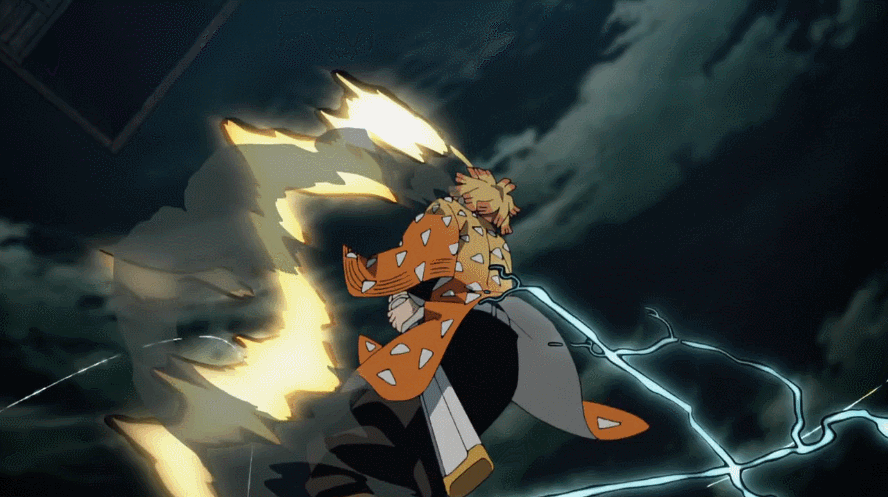
If you enjoy stories that can touch your heart, along with thrilling battles and unique characters, Demon Slayer is an excellent choice. This anime offers not only amazing fight scenes and visual pleasure but also deep philosophical reflections on humanity, fate, and self-sacrifice.
Despite the often heavy and sorrowful themes in the story, there are also light moments — friendship, faith in loved ones, and the fight for a better future. In the end, this anime is about hope, despite the darkness surrounding the world.
If you want to start watching Demon Slayer, it’s worth paying attention to the beginning of the season to get to know the main characters and their backstories. Some episodes might feel a bit slow at first, but as the seasons progress, the action picks up, and you won’t be able to stop watching.
Demon Slayer is not just an anime about fighting demons. It’s a story about how to retain your humanity in the darkest times, fight for those you love, and believe in yourself.
10. Drifters
Drifters is an anime that blends historical figures with fantasy, creating a unique and thrilling narrative. The story begins during the tumultuous Battle of Sekigahara, a pivotal moment in Japanese history. The Shimazu clan, having been defeated, attempts to break through enemy lines. The young samurai Toyohisa Shimazu, with a small group, takes on the responsibility of blocking the enemy’s path to allow his comrades to retreat. Despite his brave efforts, Toyohisa’s detachment is overwhelmed, and he is mortally wounded. However, instead of dying, Toyohisa finds himself in a mysterious white corridor, where a man with glasses marks something in a book and sends him through a door into another world — a world filled with fantastical creatures and danger.
Upon arriving in this strange land, Toyohisa encounters other individuals who, like him, have been transported from their respective worlds. These people, called “Drifters,” include some of the most famous historical figures from various time periods and locations, such as the legendary military leader Nobunaga Oda, and skilled archer Yoichi Suketaka Nasu. Together, the three form a team and embark on a journey that is full of bloodshed, violence, and chaos. As they navigate this new world, they face enemies that include both powerful monsters and armies of other Drifters, each with their own motives and goals.
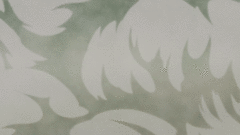
What makes Drifters stand out is the complex portrayal of the main characters, especially Toyohisa, Nobunaga, and Yoichi. While Toyohisa is a typical samurai, driven by honor and loyalty, Nobunaga is an ambitious and ruthless warlord with grand plans to conquer and unite the world. Yoichi is the quiet, methodical archer who brings a different kind of strength to the group. At first, they might seem to be villains or antiheroes, but as the story unfolds, it becomes clear that each character has their own reasons for the violence they inflict, shaped by their personal history and the harsh realities of their worlds.
Beyond the main trio, Drifters is filled with secondary characters, each equally fascinating and unique. These characters, who come from various historical periods and cultures, add layers of complexity to the story. The interactions between these historical figures and their reactions to the new world around them make for compelling drama. The fact that they all come from vastly different times, yet must work together (or against each other), creates intriguing dynamics.
While the anime is undeniably dark and violent, it does not lack humor. There is a unique blend of bleakness and moments of levity, often provided by the interactions between the characters or the absurdity of certain situations. This combination of light and dark tones makes Drifters both entertaining and thought-provoking.
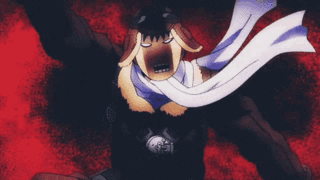
The animation quality is top-notch, with highly detailed character designs and backgrounds that fully immerse viewers in this otherworldly setting. The battle scenes are especially stunning, combining sharp choreography with strategic depth. These intense battles are not only visually spectacular but are also underscored by a fantastic soundtrack, including the unforgettable opening theme, which is sure to get stuck in your head. The way the characters plan and execute their strategies adds an intellectual layer to the action, making it more than just mindless violence.
In addition to the striking visuals and action-packed sequences, the story is deep and thought-provoking. The motivations of the characters, their personal codes of conduct, and the philosophical themes surrounding their conflict are explored with depth. As each Drifter reveals their past, the audience is given a greater understanding of who they are and why they fight.
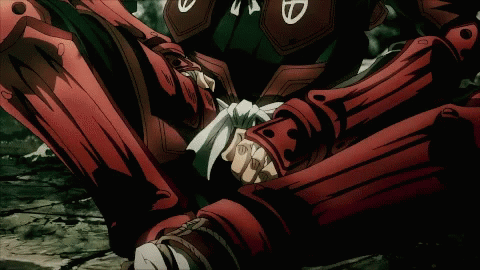
Drifters is an anime that stands out for its unique concept of mixing historical figures with fantasy, offering a fresh take on the genre. With its compelling characters, stunning animation, and exciting action, it’s a must-watch for anyone who loves complex stories with a mix of humor, philosophy, and brutal combat. Whether you’re a fan of history or fantasy, Drifters delivers a ride you won’t forget.

